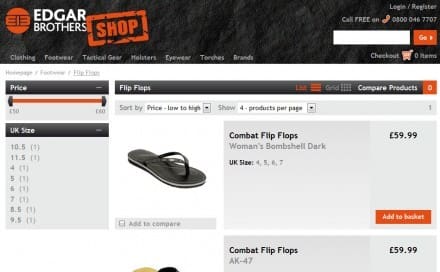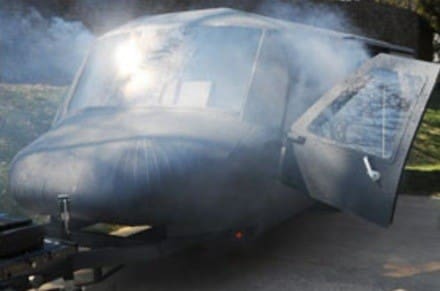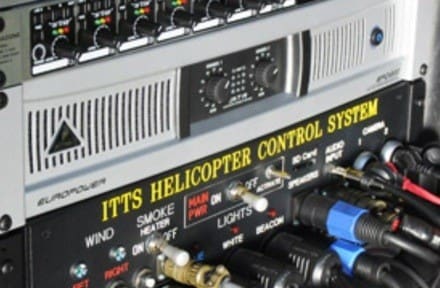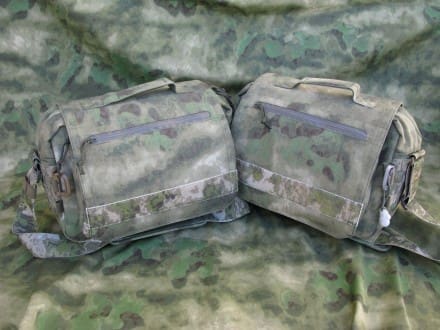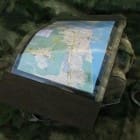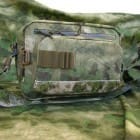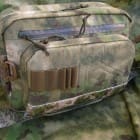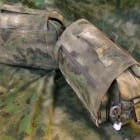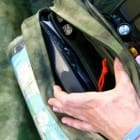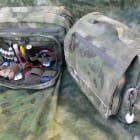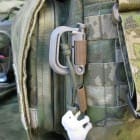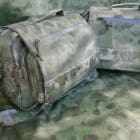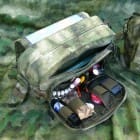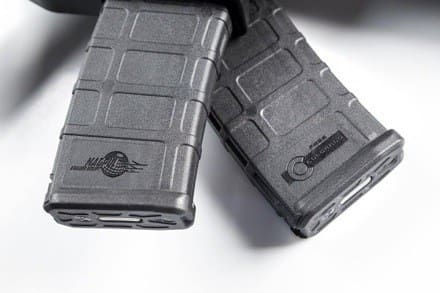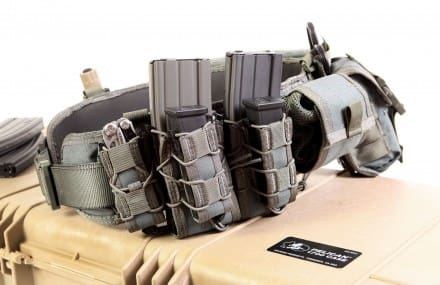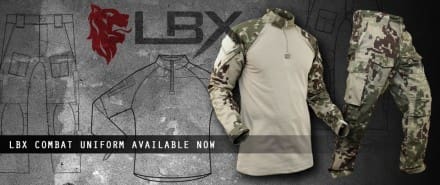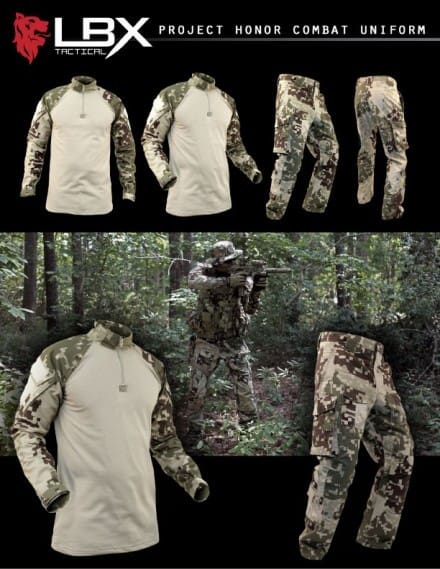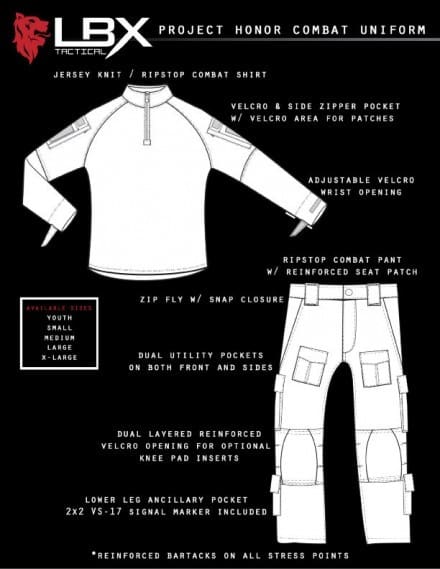On March 6th, 2012, SSD reported that the US Army had withdrawn its family of patterns from the Camouflage Improvement Effort. We published this statement from PEO Soldier:
“On Jan. 10th, the Army announced that families of camouflage patterns from one government team and four commercial vendors were selected to proceed into the next step of evaluations. As part of a cost savings strategy and as a result of initial assessments, the government submission is being removed from further consideration as a replacement to the universal camouflage pattern. This decision has been made in light of the similarity between elements of the government and one industry submission and the higher score of the industry submission during the initial evaluation. We are excited about the four vendor patterns we are going forward with. We anticipate experiencing very positive results in our field trials and more advanced computer evaluations. We will continue to work closely with our industry partners and our government team, especially in terms of research, development and evaluation. The Army conducts extensive testing to ensure we provide Soldiers with the very best clothing and equipment.”
Based on that information (and a couple of tips), we surmised that the withdrawn pattern was indeed the Scorpion originally developed for the Objective Force Warrior program. Ultimately, OFW was never fielded and developer Crye Precision went on to great success by refining the pattern into MultiCam which was ultimately chosen for use in Afghanistan by the US Army and Air Force as the Operation Enduring Freedom Camouflage Pattern (OCP). Occasionally, Natick does some work on Scorpion so it wasn’t that far of a stretch to believe that they had created an entire family of patterns from it. But as it turns out, Scorpion was only part of the story.
Now that we are a week or so away from the Army’s anticipated announcement of a completely new family of camouflage patterns on 14 June, we’d like to tell you the rest of the story.
And now for the rest of the story…
That “family” of patterns submitted by Natick for the Army Camouflage Improvement Effort wasn’t really a family at all. Originally, the plan was that Natick was going to get two families of patterns but industry balked citing unfair advantage against their three allotted patterns and it was dropped to one government and upped to four commercial patterns. As we understand it, the engineers at Natick took a look at the requirement and what would work best in each environment and entered a most unanticipated candidate considering the Army’s public assertion that it wanted a family of camouflage patterns with a common geometry and specialized colors for each environment of Woodland, Arid, Transitional and an option OCIE/PPE pattern if needed.
The government solution?
Woodland – AOR2 or similar variant
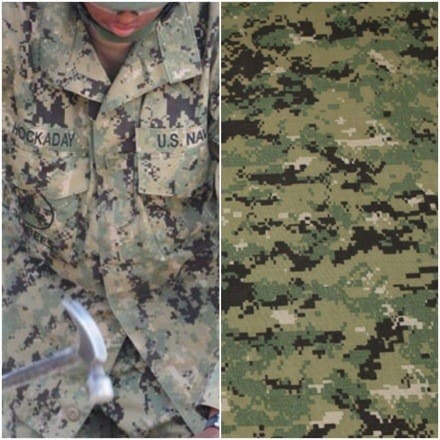
Arid – Desert All Over Brush
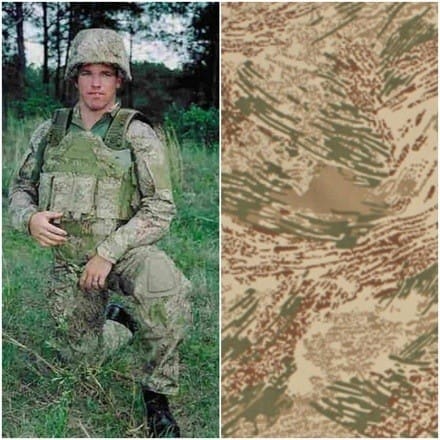
Transitional – Scorpion
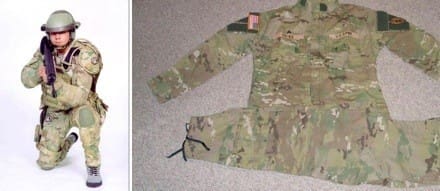
Why the disparity? The camouflage experts at Natick analyzed previous testing as well as other data at their disposal and realized that these three patterns would perform best based on the overall requirement. One thing we do know, the team that developed the government entry was kept separate from the team that developed the evaluation strategy. They weren’t gaming the system, they were trying to offer the best solution at their disposal.
Ready to hear something else that will blow your mind? The Brookwood finalist family of patterns isn’t a true family either. If anything, you could call the individual patterns “cousins.” The geometries are similar but aren’t an exact match. Despite all of the talk, it wasn’t part of the selection criteria.
Worse yet, it shouldn’t be. Not if you want the best camouflage for each of those environments. The environments are each different and the patterns should utilize different shapes, sizes and orientations, as well as colors. Natick realized it but their entry was withdrawn. The question is, was it done to eliminate unfair competition or to conceal the common geometry shortcoming?


